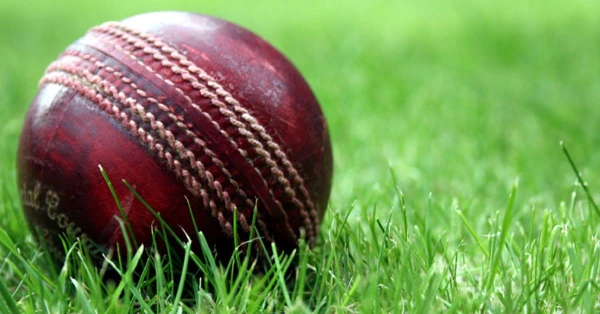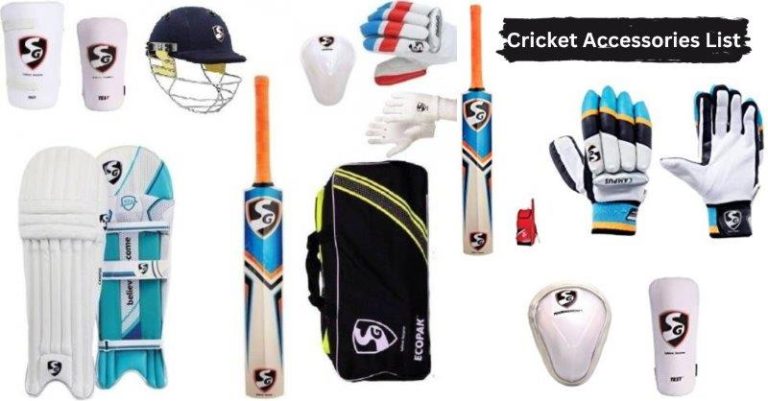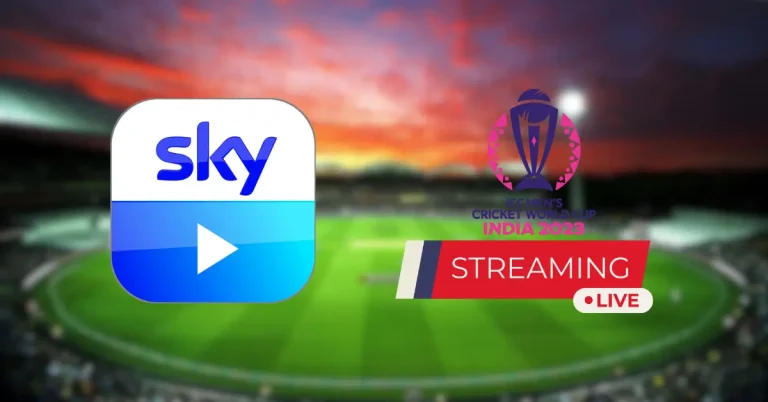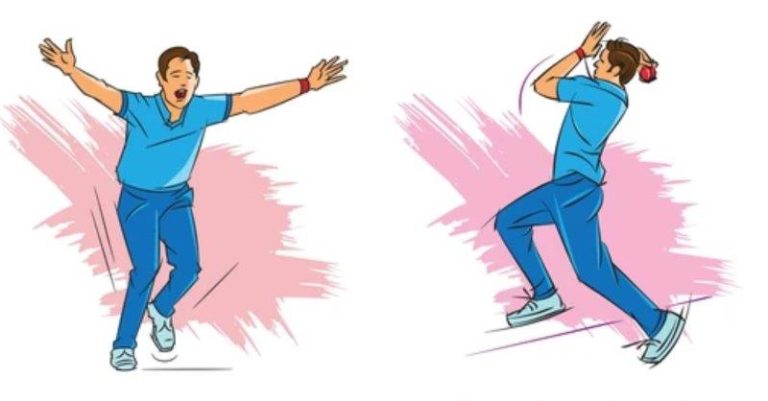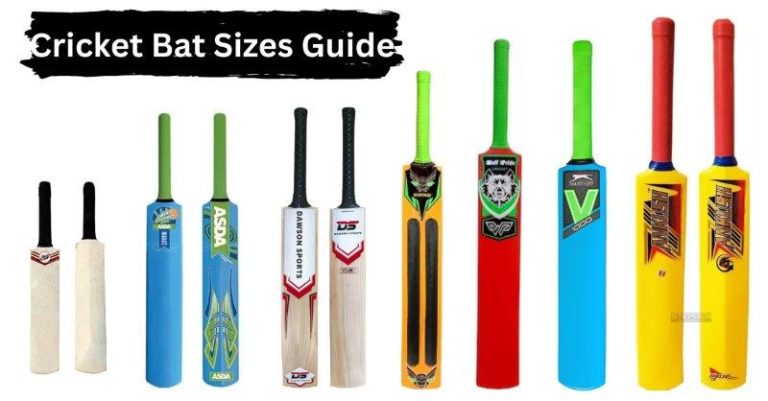Rule 34 in Cricket: “Hitting the Ball Twice”
Rule 34 in Cricket does not include explicit content. It encompasses dismissals for hitting the ball twice and situations where a player is declared not out for hitting the ball twice or striking the ball multiple times. It includes scenarios involving allowing runs for legitimate strikes and cases where the bowler is not credited with the wicket. So, These complexities highlight the importance of understanding the sport’s rules and choices.
34.1: Dismissal for “Hitting the Ball Twice”
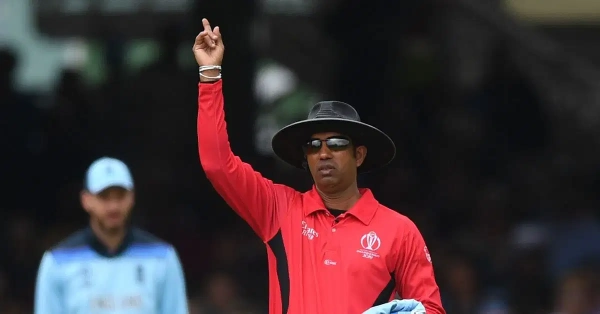
- 34.1.1: As per rule 34 in Cricket, batsmen will be declared out if they hit the ball twice. This occurs when the ball contacts any part of the batsman’s body or bat while still in play. Batsmen can hit the ball again with the bat or body, except holding the bat, to protect their wicket if the fielder has not touched the ball. In addition, relevancy on this topic can be found in clause 34.3 and Law 37, which deal with field obstruction.
- 34.1.2: In this law, the labels “struck” or “strike” include physical contact with the batsman.
- 34.1.3: The Law applies regardless of whether it is a “No Ball or no”
34.2: Not Declared Out for Hitting the Ball Twice
The batsman will not be declared out under this Law if:
- 34.2.1: The batsman tries to strike the ball repeatedly, aiming to return it to any fielder. However, it is necessary to remember the provisions of Law 37.4 concerning “returning the ball to a fielder.”
- 34.2.2: The batter intentionally strikes the ball after it has made contact with a fielder. However, it is also necessary to remember the provisions of Law 37.1 (Out Obstructing the Field).
34.3: Legitimate Strikes of the Ball Multiple Times
However, before a fielder makes contact with the ball, the batsman may strike the ball again with the bat or any part of their body, except the hand not holding the bat, to defend their wicket. This act is deemed legal.
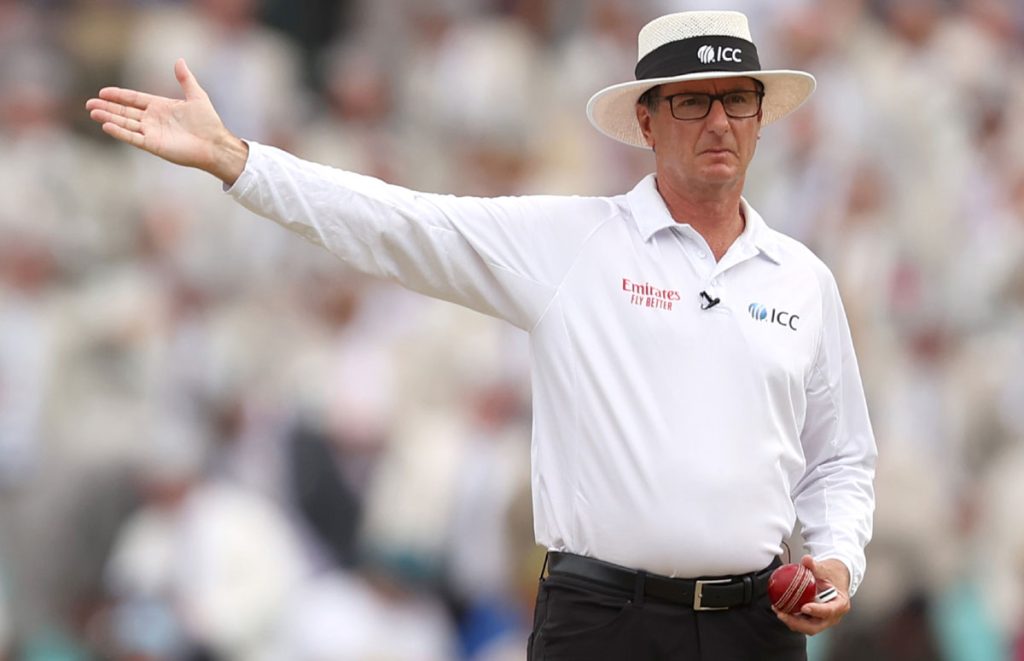
Even if the delivery is a “No Ball” the batsman can protect their wicket and if a batsman is caught for obstructing the ball after striking it multiple times.
34.4: Runs Allowed for Legitimate Strikes of the Ball Multiple Times
Now, if a player legally hits the ball more than once, as permitted by rule 34.3, and the ball stays in play for any reason, the umpire should promptly call and signal “dead ball” as soon as the ball reaches the boundary or after the first run has been taken.
Even so, The umpire should avoid making the call until the completion of the catch if the catch is in progress. The umpire shall:
- Disallow all runs for the batting side.
- Return any batsman who has not been dismissed to their starting position.
- Signal no ball to the scorers if applicable.
- Award any relevant 5-run penalty, excluding Penalty runs under Law 28.3 (Fielding side protective helmets).
34.5: Bowler Not Credited with the Wicket
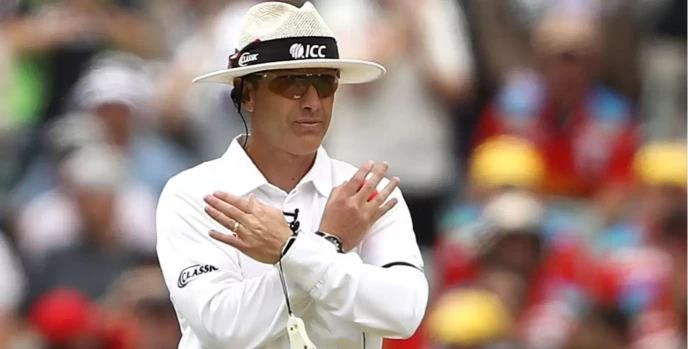
The bowler does not receive credit for the wicket.
FAQ’s
When a Batsman intentionally hits the ball twice, he is out, not when the ball touches his bat twice.
When the bowler ends umpire determines that neither the fielding side nor the batters at the wicket regard the ball as in play. It will be considered as a dead ball.
A cricket bat blade is a wooden block that is generally flat on the striking face and has a ridge on the reverse (back) that concentrates wood in the middle where the ball is typically hit.
To avoid getting out by hitting their stumps, a player can deliberately hit the ball twice. However, they can only do so using a hand not in contact with the bat”If a player hits the ball twice, they will be given out for obstructing the field only if it prevents a catch from being taken. If a catch is possible and the player hits the ball twice, it results in being given out for obstructing the field.

